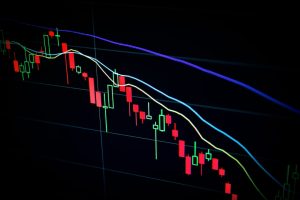Forex trading, also known as foreign exchange trading, is the buying and selling of currencies in the global currency market. The forex market is the largest financial market in the world, with an estimated daily turnover of over $5 trillion. Forex trading allows individuals, institutions, and businesses to trade currencies in order to make a profit.
The forex market operates 24 hours a day, five days a week, with trading sessions in Asia, Europe, and the Americas. The market is decentralized, meaning there is no central exchange, and trading takes place over the counter (OTC) through a network of banks, brokers, and other financial institutions.
Forex trading involves the exchange of one currency for another at a predetermined price, known as the exchange rate. The exchange rate is determined by supply and demand factors, such as economic and political events, interest rates, and market sentiment. In forex trading, traders aim to profit from fluctuations in exchange rates by buying and selling currencies at opportune times.
To participate in forex trading, traders need to open a trading account with a forex broker, who acts as an intermediary between the trader and the market. The broker provides the trader with access to the trading platform, which allows them to place trades, monitor their positions, and access market data and analysis tools.
Forex trading offers a range of benefits to traders, including high liquidity, low transaction costs, and the ability to trade on margin. Margin trading allows traders to leverage their trading capital and increase their potential returns, but it also increases their risk exposure.
There are several different forex trading strategies that traders can use, depending on their trading style and risk tolerance. These include:
1. Scalping: This strategy involves making multiple trades throughout the day, with the aim of making small profits on each trade.
2. Day trading: This strategy involves opening and closing trades within the same day, with the aim of profiting from short-term price movements.
3. Swing trading: This strategy involves holding trades for several days or weeks, with the aim of profiting from medium-term price movements.
4. Position trading: This strategy involves holding trades for several months or even years, with the aim of profiting from long-term price movements.
Forex trading also involves risks, including market volatility, economic and political events, and trading platform malfunctions. Traders need to have a solid understanding of the market and the risks involved before they start trading.
In conclusion, forex trading is the buying and selling of currencies in the global currency market. It offers a range of benefits to traders, including high liquidity, low transaction costs, and the ability to trade on margin. However, it also involves risks, and traders need to have a solid understanding of the market and the risks involved before they start trading.






